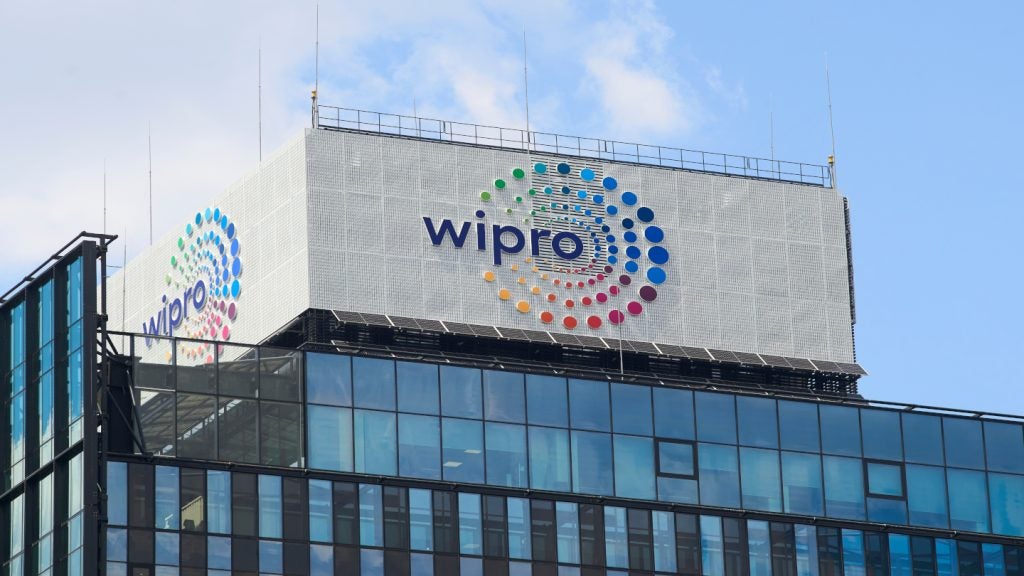It would be easy to cast contemporary banking as a tale of the haves and have-nots.
On the one side are old-style high-street names, struggling with huge branch networks and outdated IT systems.
On the other is a new breed of so-called challenger banks and fintech companies that are using their tech-enabled agility to gain market share.
But the reality is more nuanced. The fact is any bank that gets technology right can sign up more customers and earn higher profits – and incumbents that move fast can leverage their advantages in terms of capital, compliance and customers.
From China to Africa, from Switzerland to the UK, the banks that are succeeding in today’s interconnected world have the following top technology traits in common.
1. They are where their customers are
The younger generation does not want to bank in a branch, or even on a computer. They want to use a mobile. That is why mobile phones are the fastest-growing platform for banking.
How well do you really know your competitors?
Access the most comprehensive Company Profiles on the market, powered by GlobalData. Save hours of research. Gain competitive edge.

Thank you!
Your download email will arrive shortly
Not ready to buy yet? Download a free sample
We are confident about the unique quality of our Company Profiles. However, we want you to make the most beneficial decision for your business, so we offer a free sample that you can download by submitting the below form
By GlobalDataAnd in Africa, where almost everyone owns a mobile phone but a bank branch may be miles away, the advent of mobile banking technology is bringing financial services to millions of people for the first time in their lives.
The Commercial Bank of Africa was an early adopter of mobile technologies and has grown hugely as a result. M-Shwari, its mobile-only bank, was launched in Kenya at the end of 2012 and less than five years later boasts over 27 million customers across Kenya, Tanzania, Uganda, and Rwanda.
M-Shwari is now the largest bank in Africa by customers.
But the move to launch mobile banks is happening all over the world and big banks are at the centre of it. EQ Bank from Equitable Bank in Canada, BforBank from Credit Agricole in France and Pepper Bank from Bank Leumi in Israel are all highly successful examples of large banks launching new brands, and modernising their IT infrastructure, to attract a younger customer demographic ).
2. They can move fast
The better the banking software system, the more nimble the bank. Launching new products and services takes days not months.
It also means the speed of customer fulfilment is dramatically faster, especially where the bank runs both its front and back office on the same platform.
For instance, M-Shwari can open a customer account, make a loan decision and disburse the funds to the customer – all in under 60 seconds. And Israel’s first stand-alone digital bank, Pepper, can open an account in eight minutes.
That’s particularly impressive because Israeli banking law requires a bank employee to meet all new clients. Pepper’s technology ensures that this is done by video-conference.
Metro Bank, in the UK, can open an account in 15 minutes and issue customers with their cards instantly. Chief technology officer David Young attributes Metro’s success to “a relentless focus on customer service and convenience, underpinned by state-of-the-art IT”.
And customers like it. Even though the pound has fallen 20 per cent against other currencies, Metro Bank has risen 187 places to 782 in the Financial Times’ Top 1000 World Banks by Tier 1 Capital in a year, one of the largest rises globally.
3. They are scalable
Another advantage for tech-enabled banks is that modern, integrated IT systems enable them to extract IT economies of scale as they grow – whether organically or inorganically.
EFG Bank, in Switzerland, has one of the lowest IT costs of any bank, spending just under 6 per cent of total outlays on IT. Its systems are designed to be scalable and can handle large amounts of new data.
This means that whenever it adds a new financial-services company to its stable it can quickly and easily migrate customer data on to its own systems. At present, EFG is integrating fellow Swiss Bank BSI, which it estimates will result in around CHF100m of mainly IT synergies.
Shanghai Bank also benefits from a hugely scalable system that underpins its organic growth. The bank is adding around 700,000 new customers a year without having to make any sizeable investments in new software, hardware or people.
As a result, its cost-to-income ratio continues to improve; down by around 14 percentage points since 2009.
4. They provide wonderful user experience
Bank customers are ever more demanding when it comes to technology. They want the ease-of-use of Amazon, but with top-notch security, and they want a fully personalised experience as well.
The most progressive banks are moving from providing transaction services to helping customers make smarter financial and commercial decisions, introducing the right services at the right time on the right device.
As Pepper Bank says, our “technological capabilities enable us to monitor the customer’s activity, study him, and make suitable offers. In this respect, Pepper is a little like Waze.”
This is also what banks like Blue Shore in Canada are doing. Blue Shore uses data to build personas and track client engagement scores, helping it to constantly improve its level of service and the quality of its recommendations, which in turn lead to higher loyalty and higher profitability.
Last year, it grew net income by 20 per cent.
EQ Bank’s primary goal is to help its customer save. It does so by paying higher rates of interest (thanks to having a very lean IT infrastructure and no physical outlets) and by providing practical advice and tools to help its customers to this end. In its first year of operation, it took over CAD1.1bn in deposits.
And the best banks provide top-notch security without killing customer experience, using applications to analyse how customers use a device to provide constant, background levels of authentication.
5. They leverage the power of ecosystems
The most progressive banks are also opening up to third parties, leveraging the power of the crowd to help them innovate faster and offer a broader range of products and services to their customers.
Nordea, for example, is opening up a library of APIs (Application Programming Interfaces) to developers and to companies offering complementary solutions.
Meanwhile, M-Shwari is already doing this and offering its customers access to non-banking services such as health, insurance and device-financing though the platform.
6. They understand that tech is (almost) everything
With fewer branches and decreasing physical interaction, IT systems are becoming an ever more critical factor for banks’ success; as Silicon Valley veteran Marc Andreessen put it, “software is eating the world” including the world of financial services. The right tech, when combined with strong branding and products that customers want, is an unbeatable combination.








Related Company Profiles
Amazon.com Inc
Metro Bank PLC
Credit Agricole SA
Metro AG